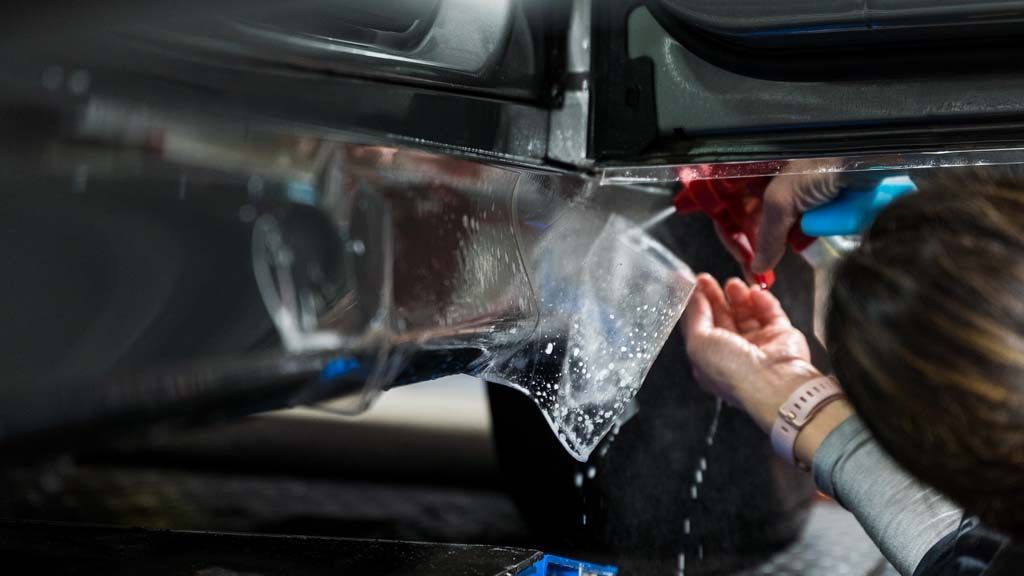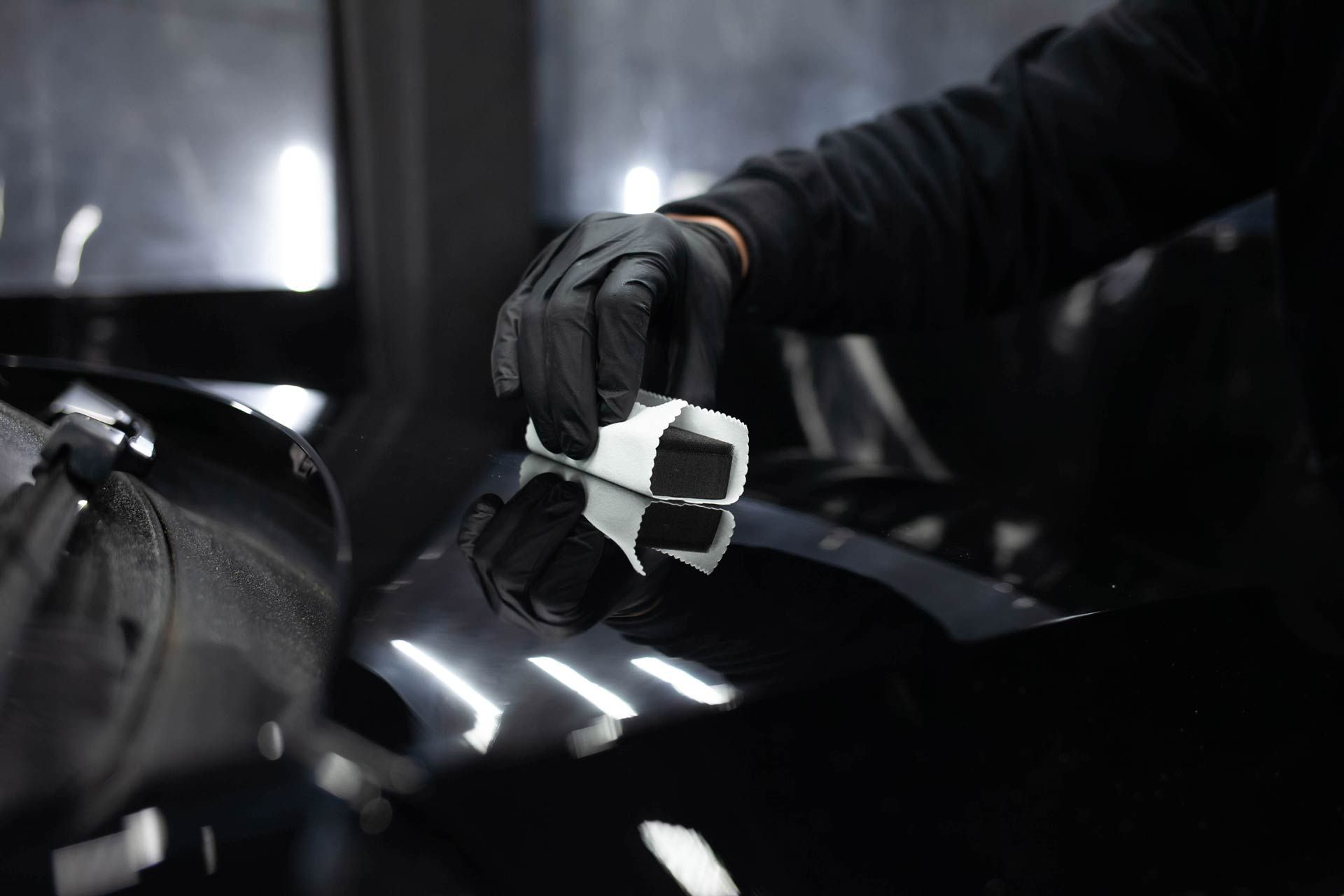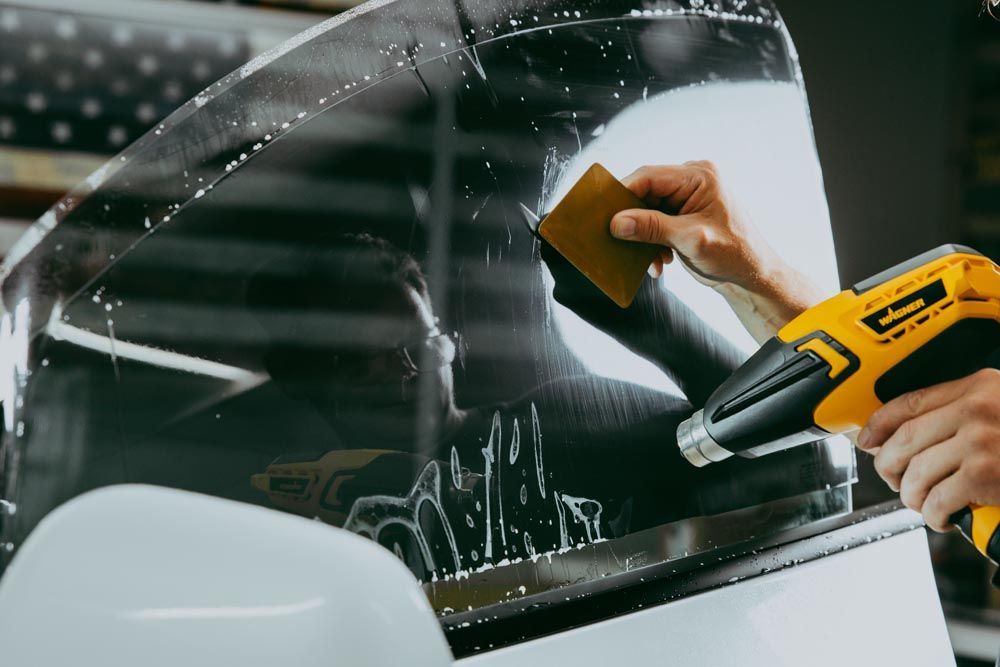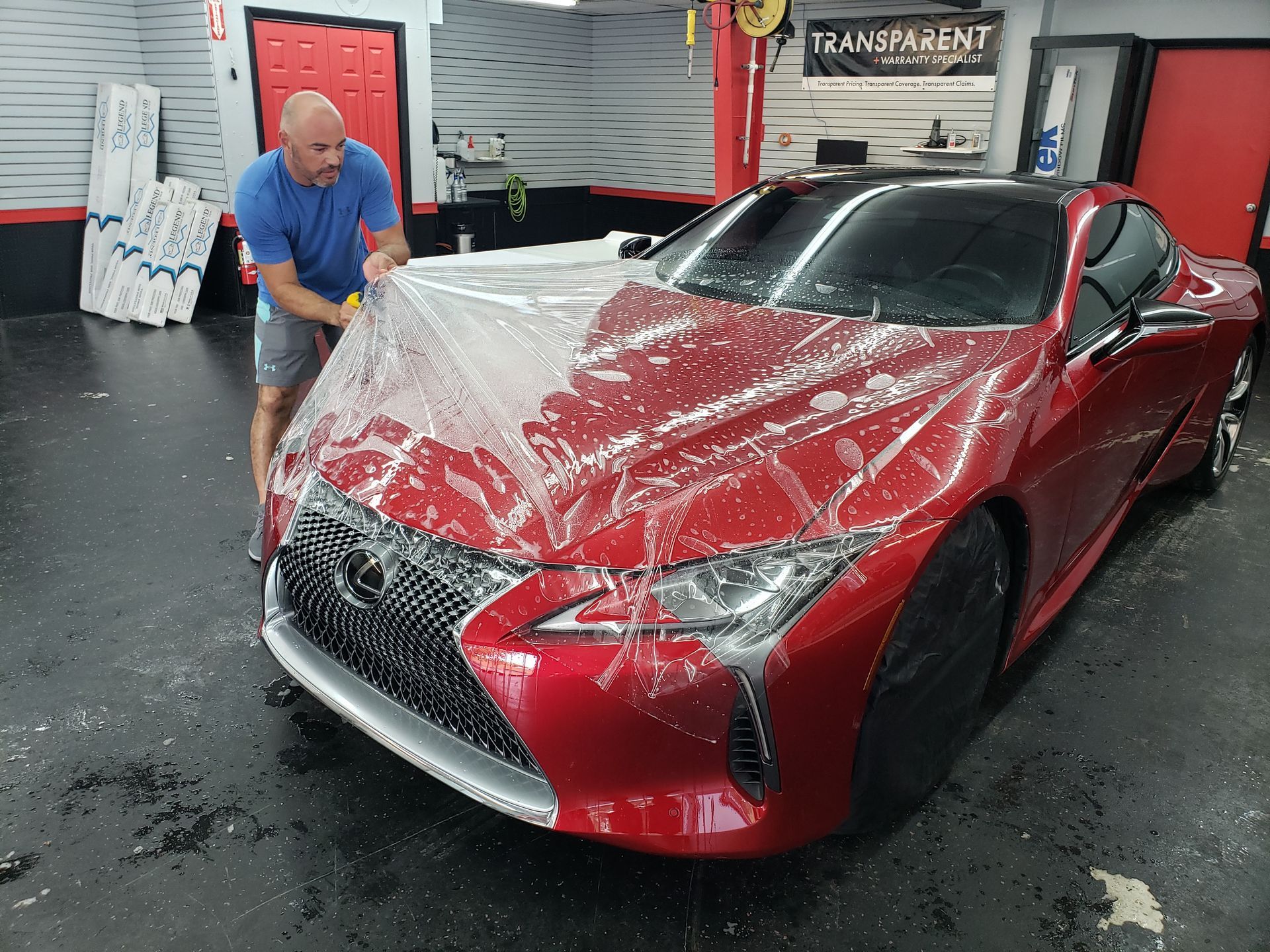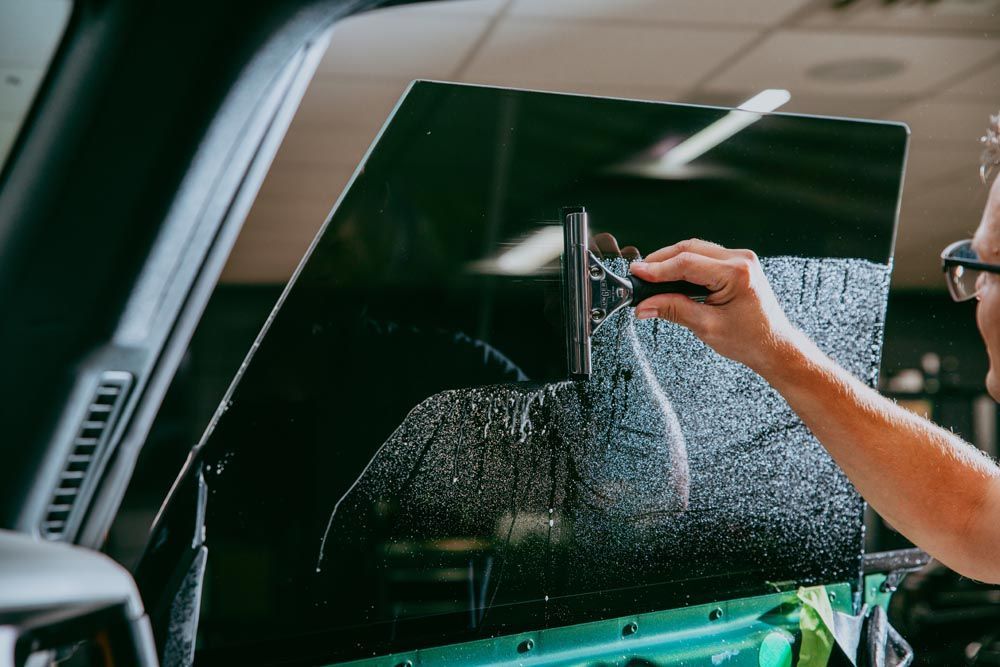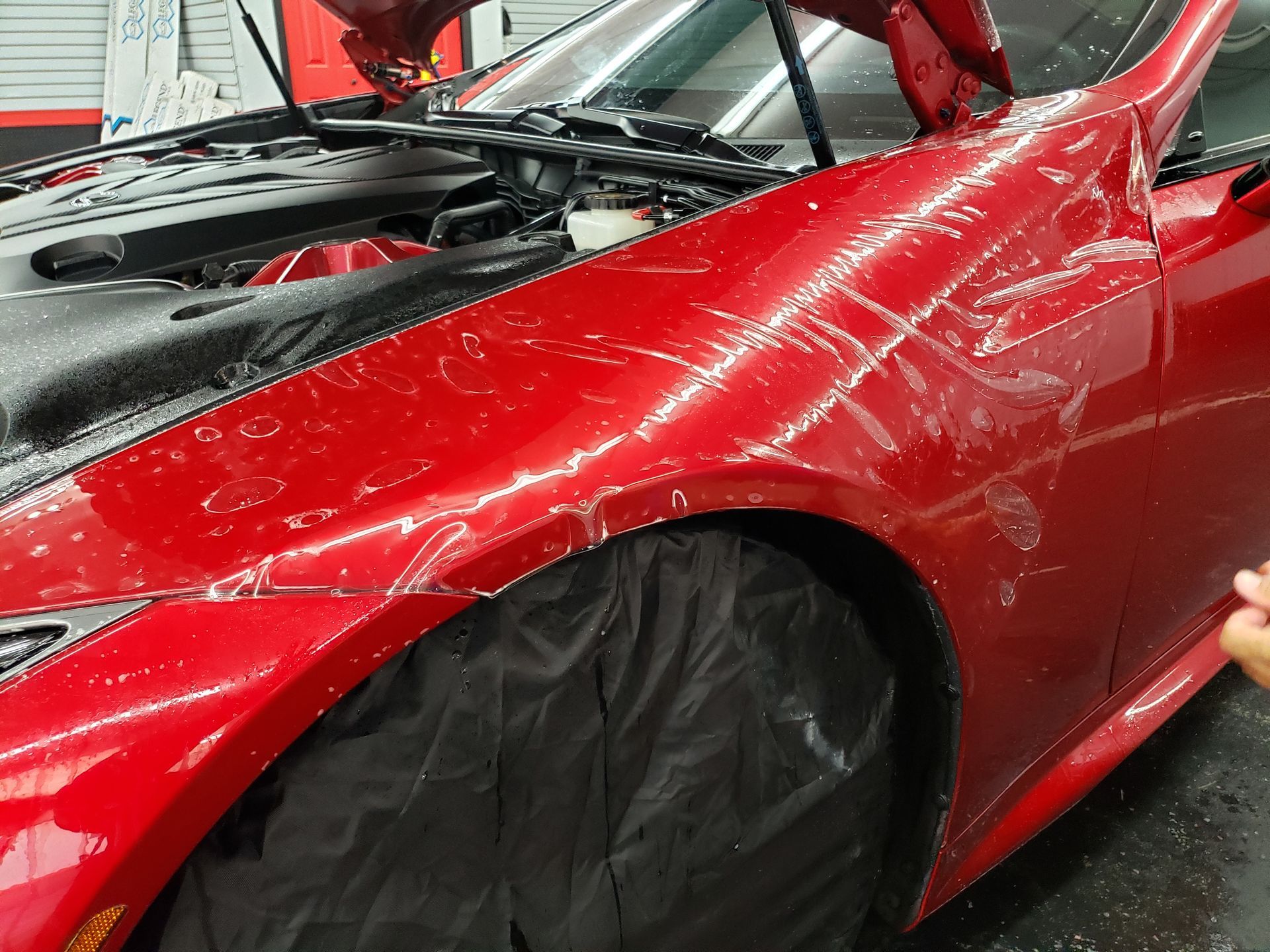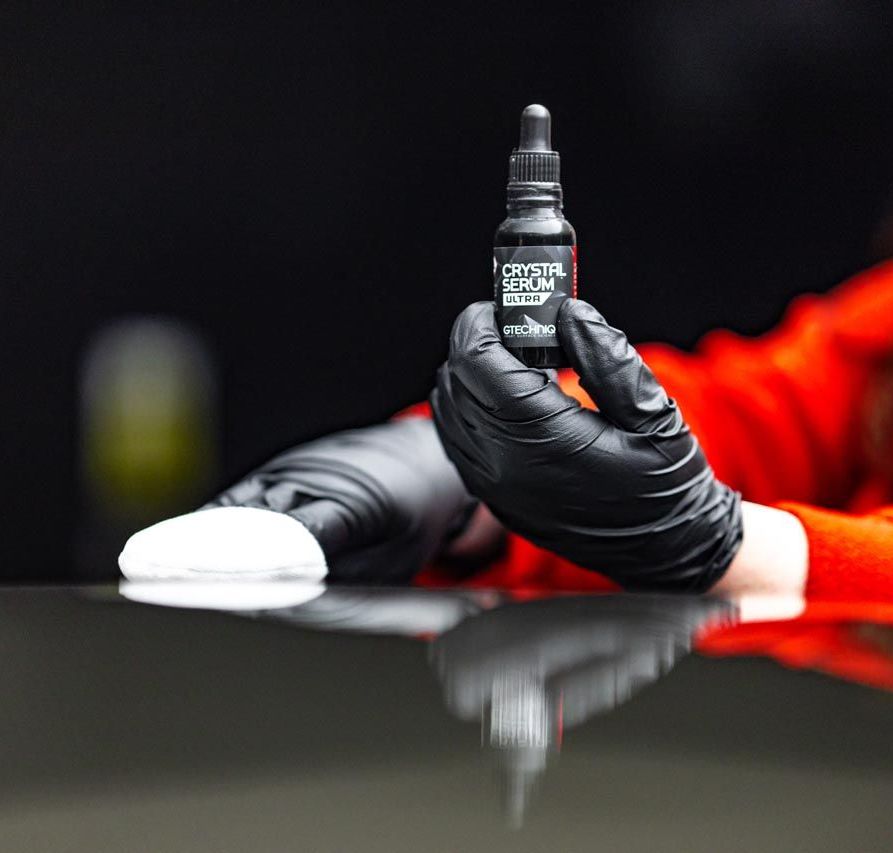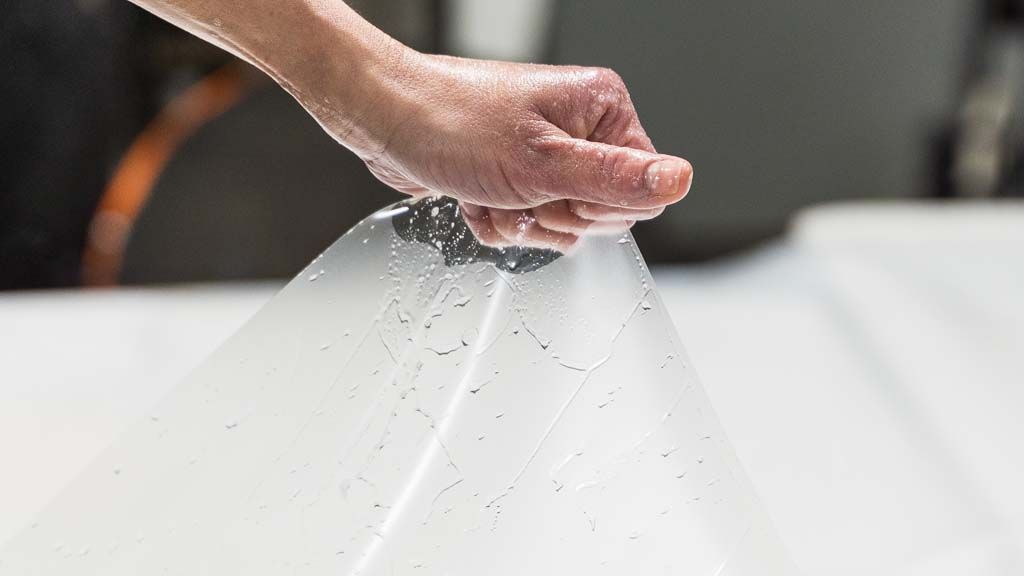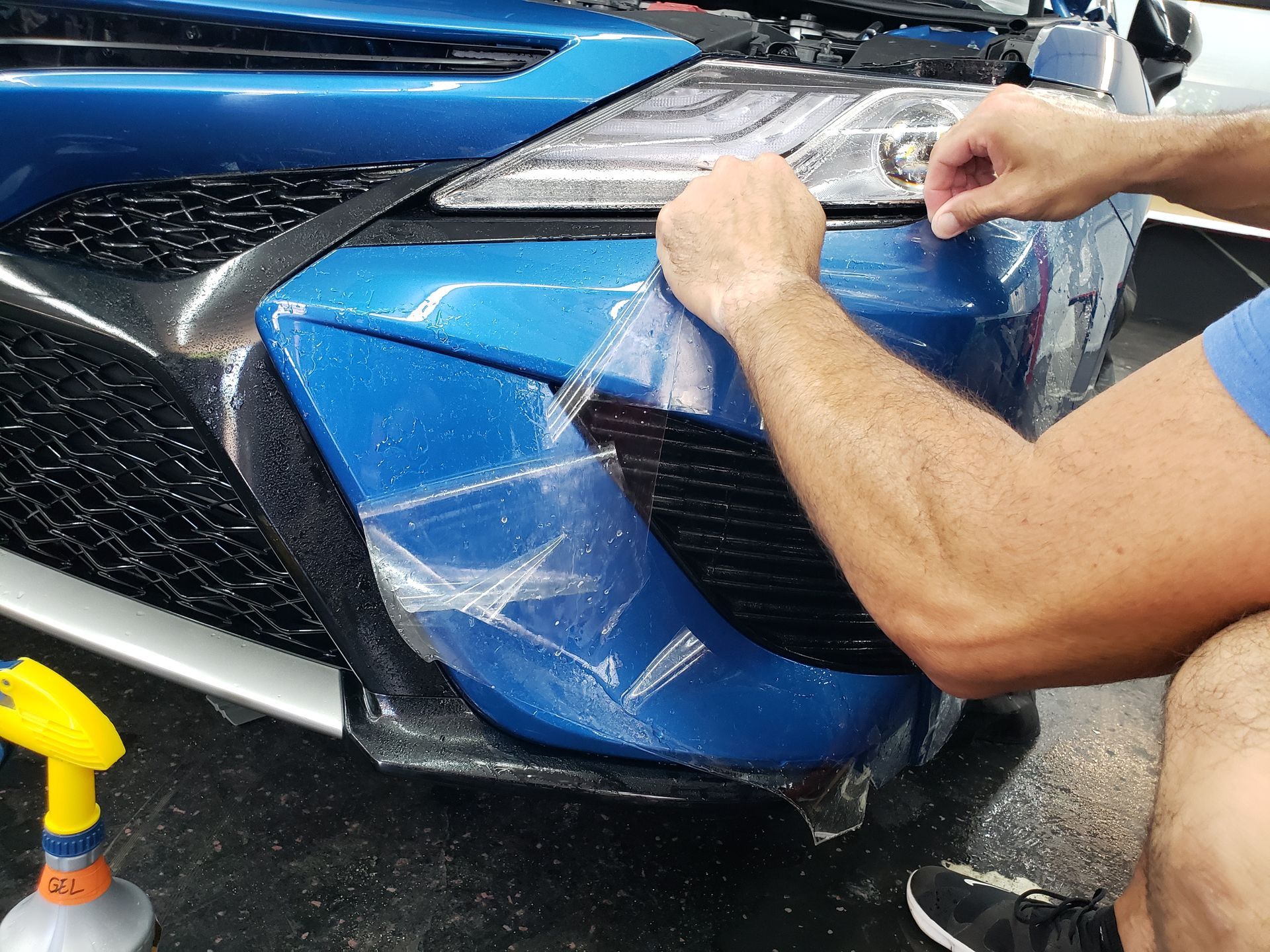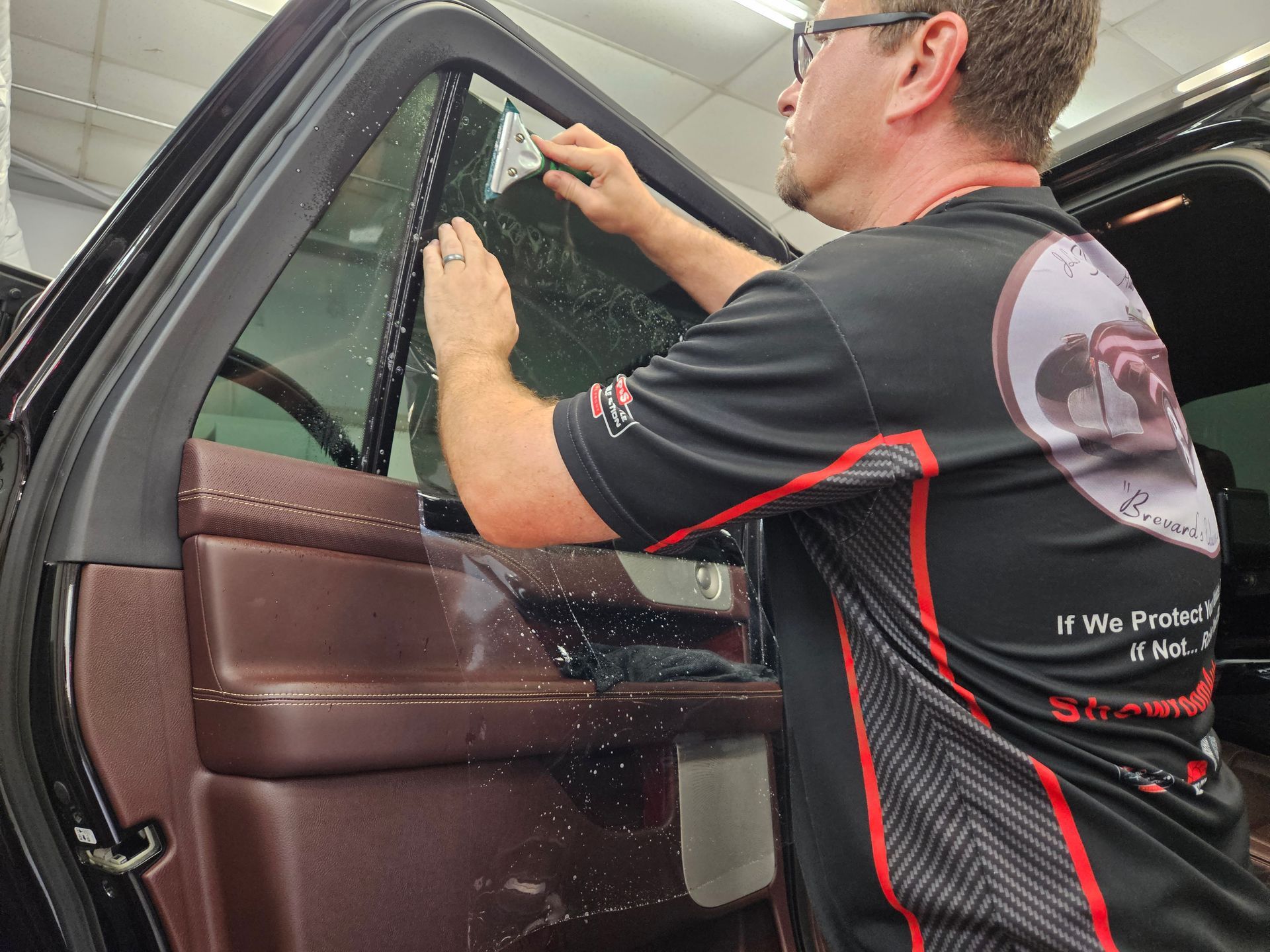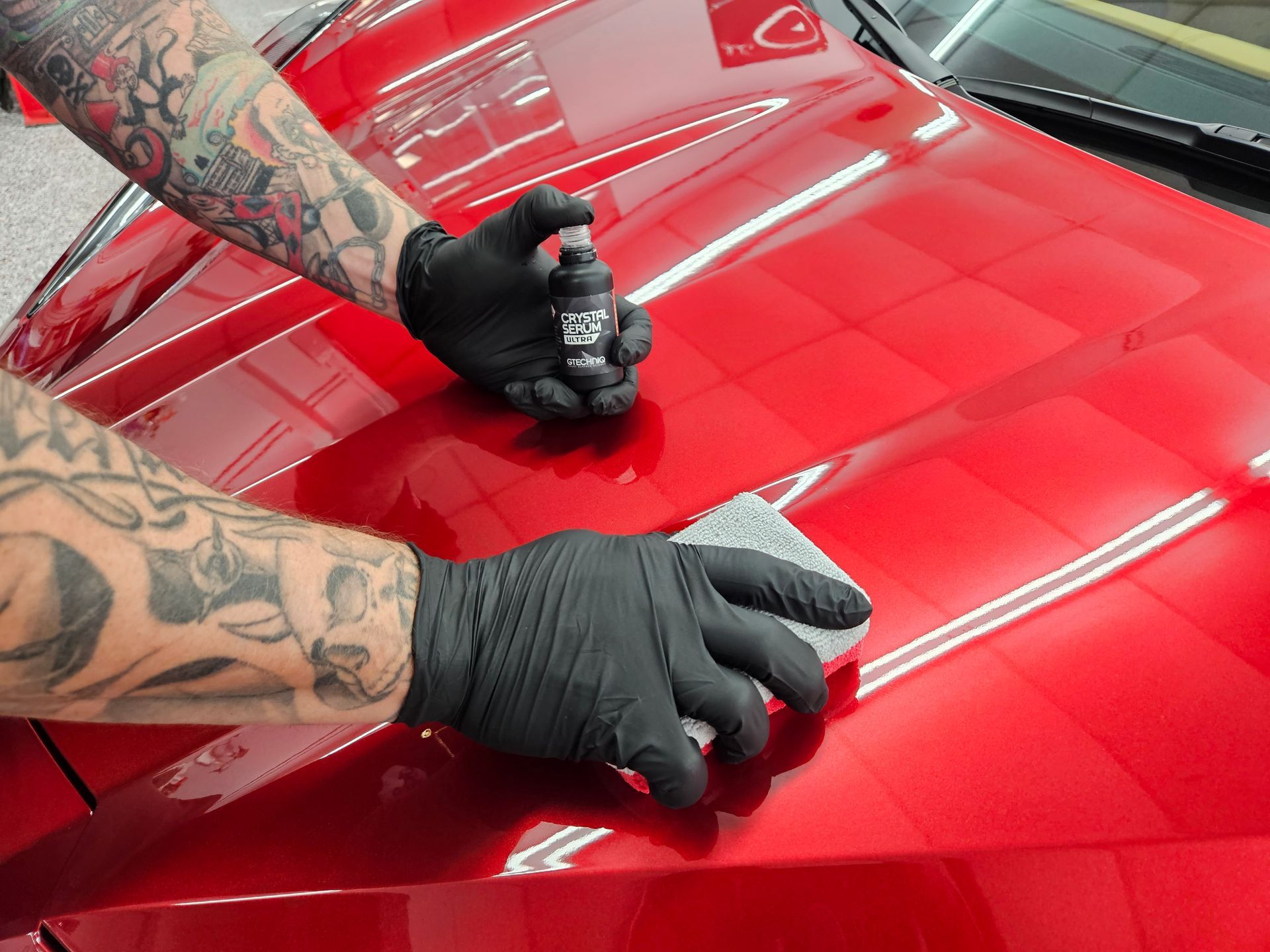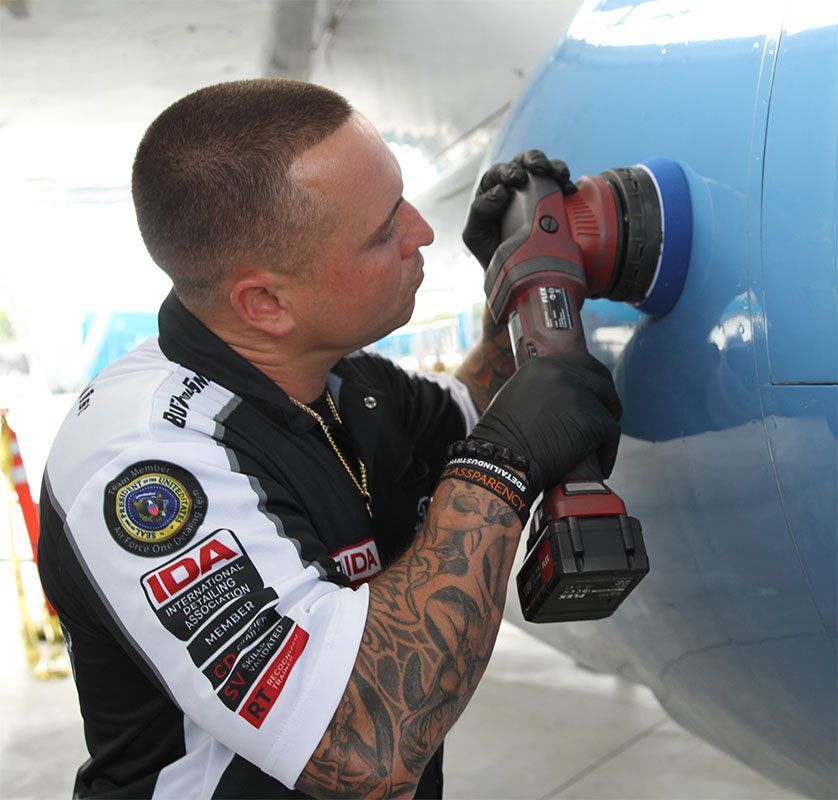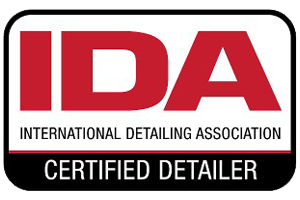The Ultimate PPF Care Guide: Cleaning and Maintenance Tips for Long-Lasting Protection
Taking the utmost care of your vehicle's paint protection film is no rocket science; it just requires the right knowledge. If done correctly, a clear bra not only safeguards your car but also elevates its appearance. One might think any standard cleaning method would work, but that is not the case. To ensure the longevity of protection and maintain the appearance of your PPF, it demands proper cleaning techniques and routine maintenance. So get ready, because we're heading into the nuts and bolts of paint protection film care.
The best approach to maintaining your vehicle’s clear bra involves regular hand washing using a gentle car wash soap, along with spot-cleaning stubborn substances like bird droppings or tree sap with a mixture of car wash soap and water. Having a ceramic coating on top of your film and monitoring the film for any signs of lifting, peeling, or significant scratches can help ensure the longevity and effectiveness of PPF on your vehicle.
The Ultimate PPF Care Guide: Cleaning and Maintenance Tips for Long-Lasting Protection
When it comes to protecting your vehicle's paint, PPF stands as a reliable shield against various environmental elements and daily wear. However, to maximize the benefits of your clear bra, it's crucial to adopt proper cleaning and maintenance techniques. Regular care not only maintains the pristine appearance of your car but also extends the lifespan of the protective film, ensuring it continues to safeguard your vehicle's exterior.
- Cleaning Frequency: A good rule of thumb is to wash your PPF-covered vehicle at least once every 1-2 weeks. Frequent washing helps remove dirt, grime, and contaminants that may degrade the protective properties of the film over time.
- Avoid Neglect: Neglecting regular cleaning and maintenance can lead to gradual damage to the PPF. Over time, neglect can cause discoloration, lifting at the edges, or even peeling of the film, exposing the underlying paint to potential harm.
- Choosing the Right Products: Utilizing appropriate products is essential to preserving the integrity of the PPF. Gentle car wash soaps, microfiber cloths, and non-abrasive detailing tools are recommended for cleaning to avoid scratching or damaging the film.
Using harsh or abrasive cleaning agents can significantly reduce the effectiveness and lifespan of the PPF. It's like using a delicate fabric cleaner for your favorite silk shirt—it ensures longevity and shine. By adhering to these fundamental PPF care practices and staying vigilant for potential damage or wear, you can sustain the effectiveness of your protective film while maintaining your vehicle's flawless finish.
A Step-by-Step Guide for Cleaning Your PPF
When it comes to caring for your PPF, proper cleaning is crucial for maintaining its appearance and ensuring long-lasting protection. Follow these steps to ensure your PPF stays in top condition:
Step 1: Pre-Rinse: Before beginning the actual cleaning process, thoroughly pre-rinse your vehicle to remove loose dirt and debris from the surface of the clear bra. Using a gentle stream of water is essential to avoid potential damage or scratching. This pre-rinse step is vital because it helps prevent any loose particles from scratching the film during the washing process. By removing as much dirt and debris as possible beforehand, you can minimize the risk of scratching or damaging the PPF during the subsequent cleaning steps.
Step 2: Hand Wash with Recommended Soap: After completing the pre-rinsing, proceed to hand wash the clear bra using the recommended gentle car wash soap and a soft wash mitt. This ensures thorough yet gentle coverage of all areas of the protective film. Using a gentle car wash soap specifically formulated for automotive surfaces is important. Avoid harsh detergents that can potentially compromise the integrity of the PPF. The use of a soft wash mitt provides an added layer of protection, reducing the likelihood of scratching or damaging the paint protection film during the washing process. Paying attention to detail during this step ensures that every inch of the film receives proper cleaning without causing harm to the film.
Step 3: Rinse and Dry: After washing, make sure to rinse the clear bra thoroughly with clean water to remove any residual soap. Once rinsed, dry the film using a clean microfiber cloth to prevent water spots from forming. Rinsing off any remaining soap residue is crucial for maintaining the integrity of the protective film. Using clean water ensures that no soapy residue remains on the clear bra, which could impact its appearance and effectiveness. Drying with a microfiber cloth helps maintain a spotless finish, minimizing any water spots that could detract from the overall look of your vehicle. Navigating through these steps leads to a thorough and effective cleaning process that helps preserve the appearance and protective qualities of your PPF.
Essential Tools and Products for PPF Maintenance
When it comes to maintaining and safeguarding your vehicle's paint protection film, having the right tools and products can make all the difference. These essential items ensure that you can effectively clean, protect, and preserve the integrity of your clear bra without causing any damage to the film. Investing in high-quality microfiber cloths is crucial. These soft and gentle cloths are perfect for wiping down the PPF without scratching or damaging it. Their fine fibers trap dirt, grime, and other particles, making them ideal for safely cleaning the surface of the film. Pairing your microfiber cloths with a soft wash mitt further enhances the cleaning process. This mitt allows you to gently agitate and lift off dirt and contaminants from the film without causing any harm. Together with a pH-neutral car wash soap, these tools form a safe and effective combination for cleaning your PPF without compromising its integrity.
Deep Cleaning Techniques for Your PPF
When it comes to caring for your PPF, sometimes a little extra elbow grease is required. Bird droppings, tree sap, and minor scratches need special attention. These stubborn substances can be tricky to deal with but fear not! With the right cleaning techniques and a bit of patience, your paint protection film can continue to look immaculate. For spot-cleaning bird droppings or tree sap, prepare a mixture of car wash soap and water. Gently dab the affected areas with this solution using a soft microfiber cloth. Avoid scrubbing aggressively, as this may cause damage to the film.
It's important to note that, when dealing with stubborn substances, gentle handling is key. The last thing you want to do is inadvertently cause damage while attempting to clean your clear bra. By incorporating these deep cleaning techniques into your regular maintenance routine, you'll be able to tackle challenging stains and imperfections effectively, preserving the pristine appearance of your PPF.
Preventing Damage to Your PPF
Just like any valuable possession, the condition of your car's paint protection film depends on regular care and attention. By proactively monitoring your PPF, you can prevent minor issues from evolving into major problems that could compromise the protective film or damage your vehicle's paint underneath.
Inspecting for Signs of Wear and Tear: One of the most crucial steps in preventing damage is regularly inspecting the edges of your film for any signs of lifting or curling. While a paint protection film is designed to adhere snugly to your vehicle, it's not immune to wear and tear over time. Even a small section lifting or peeling can be an entry point for contaminants and moisture, leading to potential damage. It's essential to monitor the film for any discoloration, peeling, or significant scratches. Addressing these issues promptly is key, as they can lead to further deterioration of the film's effectiveness in protecting the paint beneath. Remember, neglecting even seemingly minor issues on your PPF can result in more extensive problems down the road, including costly repairs or even permanent damage to your vehicle's paint surface. Why does prompt action matter when addressing these issues? Well, think of it this way: if you had a small scratch that was left unchecked on your skin, it could turn into a larger wound that takes much longer to heal. Similarly, by promptly addressing lifting, discoloration, peeling, or scratches on your PPF, you’re essentially "treating" them before they have the chance to worsen. Protecting your investment with early intervention can save you both time and money in the long run.
Regular Maintenance and Professional Inspection: In addition to vigilant personal inspection, scheduling regular professional inspections of your film can provide an extra layer of defense against potential damage. Professional detailers or technicians can identify signs of wear that may not be immediately visible to the untrained eye. Their expertise in addressing minor issues early on can contribute significantly to the longevity and effectiveness of your clear bra. By staying proactive and vigilant in monitoring your PPF for any signs of wear or damage, you're taking essential steps to protect both the film itself and the underlying paint of your vehicle. This approach not only preserves the appearance and value of your car but also ensures that it continues to provide effective protection against environmental hazards.
Unmatched Paint Protection Film Services at JL’s Showroom Auto Salon in Melbourne, FL
Preserve the allure of your prized vehicle with unparalleled
paint protection film at JL’s Showroom Auto Salon in Melbourne, FL. Our commitment to excellence shines through in our state-of-the-art PPF installations, ensuring your car's factory finish remains immaculate. Shield your investment from road debris, stone chips, bug splatter, and harsh weather conditions with our high-quality clear bras. At JL’s Showroom Auto Salon, our skilled technicians employ precision and expertise to deliver unmatched protection without compromising the aesthetic appeal of your vehicle. Don't let the open road take a toll on your car's exterior; choose the gold standard in paint protection film at JL’s Showroom Auto Salon. Schedule your appointment today or call us at
(321) 723-6976 and give your vehicle the defense it deserves, maintaining its pristine appearance for years to come!
